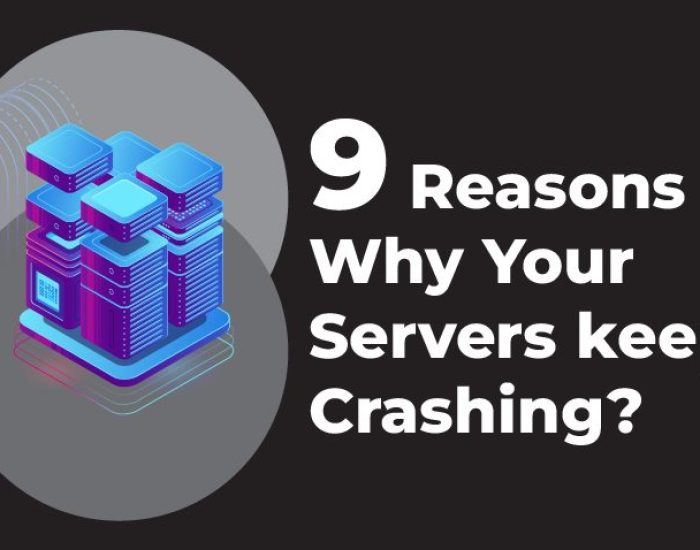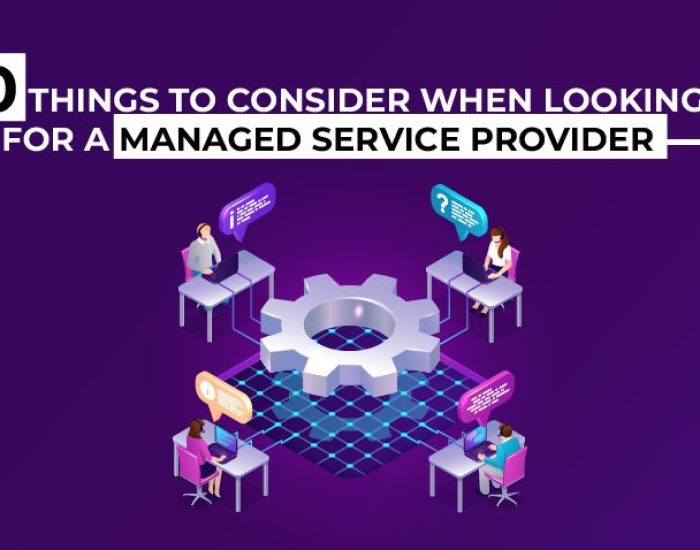Is All Monitoring the Same: A Closer Look
In today’s digital world, monitoring IT performance and availability are more important than ever. Organizations must ensure that their business-critical applications and systems are always up and running to continue to serve customers, meet operational objectives, or meet compliance standards.
Welcome to another blog in the series Uptime with Richard Luna. Today we are discussing monitoring, its types, and choosing a vendor with the right monitoring service for your organization.
What is Monitoring?
Monitoring the performance of your technology infrastructure enables you to manage risk and identify issues before they significantly impact users or operations. However, monitoring can mean different things in different contexts.
Monitoring generally refers to keeping track of some measurable aspect of a system. It may be the output of some sensor (which is how we usually think about monitoring), or it could mean a log file with information about events that have occurred in the system being monitored.
Monitoring can also refer to analyzing data from past interactions with the system under observation to anticipate future needs and plan accordingly.
As a result, when seeking out monitoring solutions for your organization, it is essential to understand what each solution offers beyond just checking if something is “on” or “off” at any given time.
The details in the video will help you evaluate potential vendors so you know what you’re getting when signing an agreement for a new monitoring solution for your organization.

Proactive Monitoring
Proactive monitoring monitors your systems to identify potential outages and bottlenecks before significantly impacting users or operations. These solutions can be used to detect and report current issues and predict what might happen in the future by analyzing historical data.
This monitoring solution monitors a broader set of business systems beyond critical ones. They will typically have thresholds and rules in place to keep track of a much more comprehensive set of metrics and detect events earlier than real-time monitoring would, even if those types of events do not affect a critical system.
Proactive monitoring solutions are suitable for keeping track of scenarios that are mission-critical or for anticipating future issues by analyzing trends from past data.
Summing up
Monitoring can be used for many different things. You might be monitoring for uptime or SLA compliance, monitoring for availability or performance, monitoring for security or risk reduction, or monitoring for compliance or regulatory auditing. Regardless of your use case, monitoring is essential to your infrastructure.
If you are a small to medium-sized business, you may not fully have the internal staff to monitor your network and systems. With a 24×7 proactive monitoring service from Protected Harbor, you don’t need to worry. We will create a customized plan that suits your company’s needs, keeping your financial situation and risk profile in mind.
Our team of experts will review your current IT setup to determine if it meets your company’s goals. If it doesn’t, we will provide a detailed list of recommendations to help you get the most out of your IT investment.





